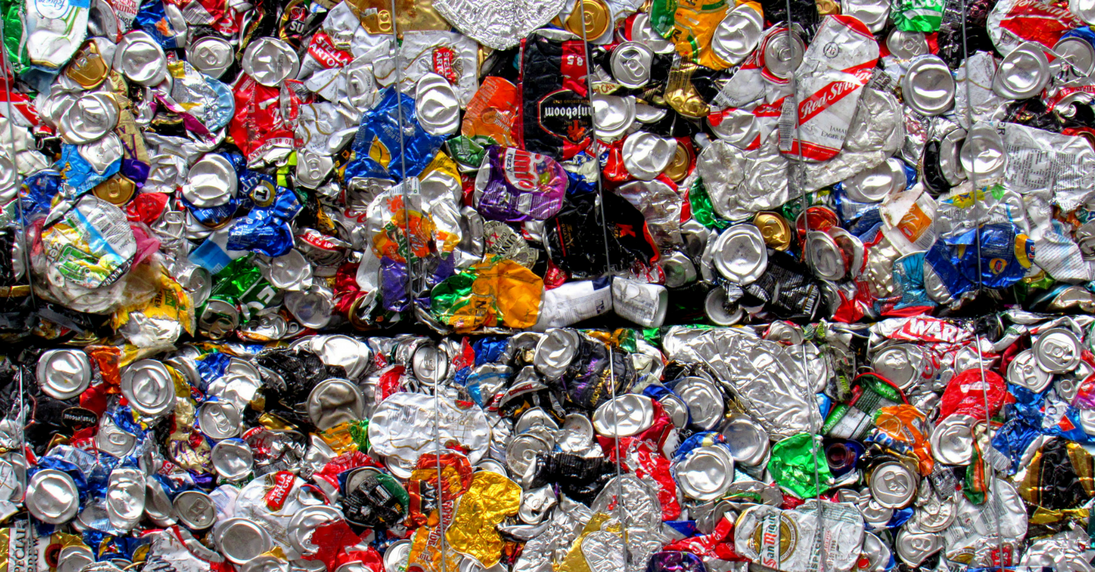Cool Choices alumni are always inspiring us with how they continue to take sustainable actions after participating in our online sustainability program. This month we were impressed by the awesome recycling practices Tara started at work and at home.
What green activities have you been up to since taking part in the Cool Choices program?
Personally, I now carry a stainless steel coffee cup and a plastic tumbler with a lid and a straw in my car so that when I get a cup of coffee or a fountain drink I do not have to use a disposable cup. All gas stations accept it and fast food restaurants are okay with it if you don’t go through the drive-thru. Sometime I get funny looks, especially at fast food restaurants, but I am comfortable with my decision to eliminate the use of bottles and cups that are going to be thrown away.
Professionally, I have been able to get a recycling receptacle in our R&D test kitchen. One hundred percent of the waste generated in the kitchen is now sorted properly. I have found that we had to make it easier than just throwing everything in the trash.
Do you have any tips for others trying to be sustainable?
Look at your kids and determine if the world you leave for them is the world you want them to have.
How to Know What to Recycle
Use clearly marked recycling bins.
Creating a recycling bin for specific recyclable materials can make it easier for people to know what can and cannot be recycled. Designating separate bins for paper products, plastics, glass, and metals can help remind people what products go where.
Signs can help people learn which bins to put things in.
To make things even easier, think about what products are most often thrown in the trash instead of the recycling. Hang up posters with pictures of these items over the recycling bin to remind people that they should be recycled, not thrown in the trash.
Making Recycling Easier at Work and at Home
Find areas where waste builds up and put bins there.
Start looking for areas at home and at work where recyclable products build up. When a recycling bin is easy to see and access, items are more likely to get into the recycling bin rather than the trash. Keeping a recycling receptacle in the kitchen makes it handy to recycle bottles, cans, and boxes. Is there a spot at home where junk mail piles up? Try placing a recycling bin in the area to make recycling junk mail and less of a hassle. At work, try putting a bin by the printer or in a high-traffic area. It’s always a good idea to have a recycling bin next to every trash bin – otherwise recycling is not as easy as throwing something in the trash. When recycling bins are visible and accessible at the moment someone has something to dispose of, recycling becomes less of a hassle.
Make recycling into a contest.
There’s nothing like a little friendly competition to motivate people. Try having a contest to see who has the most in their recycling bins at the end of a week or the least amount of recyclable items in their trash. At the end of the contest, give the winner a prize to celebrate their efforts!
Recognize good behavior.
Recognize people when you notice them recycling. A verbal “thank you” is sufficient, but a piece of candy or a treat is an even sweeter way to show someone that you see and appreciate their efforts. Plus, once word gets out that recycling can lead to a reward, the behavior is sure to catch on.
Help people understand the importance of recycling.
Show the value in recycling. Remind people that recycling helps cut down landfill waste, keeps our oceans clean, and reduces the amount of raw materials required to make new products. Labeling the garbage can as “landfill” can help remind people that there’s no magic “away” where things go when we toss them. When a behavior has meaning behind it, it’s more likely to stick.
Of course, the best way to reduce waste is to not produce it in the first place. Here is a list of some simple ways to reduce waste in your everyday life.
Tara took part in the Cool Choices online sustainability game in 2014 with West Liberty Foods. Inspired by Tara’s story? Remember, you can make a difference!
Comments are closed.






